In international shipping, understanding key documents can save you from costly delays and confusion. One such important document is the Delivery Order (DO). Simply put, this is the authorization that allows you, as the consignee or your representative, to take delivery of your cargo from the shipping carrier. It’s not just paperwork, it’s your ticket to accessing your goods after they’ve completed their journey across the ocean.
Why is this document so crucial? Because it marks a pivotal moment in the shipping cycle. It ensures a smooth handover of cargo and establishes accountability between the carrier and the receiver. For exporters like you shipping from India to the USA, knowing how a Delivery Order works can streamline your processes and help you meet your commitments without unnecessary hiccups.
This article aims to explain the significance, purpose, and handling of a Delivery Order, helping you confidently navigate this essential step in your export journey.
Let’s first understand DO meaning in shipping terms.
What is the Delivery Order?
A delivery order (DO) is a document issued by a carrier, shipping line, or freight forwarder to the consignee or their agent, authorizing the release of goods from the carrier’s custody to the consignee. It acts as a key link in the shipping process, ensuring that the rightful party can claim the cargo.
Key Features of Delivery Order:
- Authorization of Release: It serves as proof that the consignee is entitled to receive the goods.
- Issued by Carrier or Agent: Typically provided by the shipping line or freight forwarder once all shipping and customs clearance charges are settled.
- Includes Shipment Details: Contains crucial information like container numbers, bill of lading references, consignee name, and port of delivery.
- Precedes Cargo Pickup: The consignee or their agent must present this document to the warehouse or terminal to retrieve the shipment.
Issuance Process for Delivery Orders
The issuance of a Delivery Order (DO) is a structured process that ensures accountability and compliance in international shipping. Here’s how it typically works:
1. Criteria for Issuance
- Original Bill of Lading (BL): To get a Delivery Order, you must first submit the original Bill of Lading to the shipping carrier. This document serves as proof of ownership and is non-negotiable in this process.
- Bank Guarantees: If the Bill of Lading is unavailable or still under processing (a common scenario in trade financing), a bank guarantee may substitute. This assures the carrier of payment or security for releasing the cargo.
- Payment of Charges: To initiate the DO issuance, you’ll need to settle any outstanding freight charges, storage fees, or surcharges.
2. Necessary Verification
- Customs Clearance Documentation: Before a Delivery Order is issued, you’ll need to provide customs clearance papers. These include details about the cargo’s legality and compliance with import regulations.
- Recipient Identification: Freight carriers and logistics companies verify the identity of the consignee or authorized agent to avoid misdelivery.
3. Involvement of Logistics Companies in Delivery Order Issuance
Logistics companies play an important role in simplifying the Delivery Order issuance process for exporters. Acting as intermediaries, they ensure that all necessary steps, like document verification and communication with carriers are executed smoothly. They help coordinate with shipping carriers, customs authorities, and terminal operators, making the handover of cargo seamless.
For exporters shipping from India to the USA, a reliable logistics partner can mean the difference between a smooth operation and unnecessary setbacks. When it comes to seamless door-to-door FCL shipments from India to the USA, Intoglo offers unmatched expertise and efficiency. Intoglo is a one-stop solution for cross-border logistics and hassle-free customs clearance. We operate as freight forwarders, offering door-to-door shipping from India to the USA.
Here’s why exporters trust Intoglo:
- Comprehensive Services: From origin pickup, CFS, customs clearance, ocean freight to destination CFS, last-mile delivery, and warehousing, we handle every step with precision.
- No Middleman: Intoglo works directly with shipping lines, customs brokers and truckers. No layers, no additional charges leading to transparent shipping.
- Strong Network: Contracts with major shipping lines, 50+ warehouses in the USA, and 40+ trucking partners ensure flexibility and reliability.
- Tech-Driven Solutions: Benefit from real-time tracking, updates via WhatsApp, and transparent quotations with cost breakdowns.
- Value-Added Perks: Enjoy 10 free days at the USA port with premium shipping lines, pre-screening before departure, and dedicated customs brokers.
Intoglo’s comprehensive logistics services provide a perfect blend of efficiency and reliability for your shipping needs. Whether you’re an Amazon seller leveraging Amazon FBA or managing bulk shipments through ocean freight, Intoglo has you covered. With a reach extending to over 41,000+ zip codes across the USA, Intoglo ensures that your cargo is delivered promptly, meeting even the most complex requirements.
Our tailored solutions are designed to optimize your supply chain, whether you need seamless last-mile delivery for FBA fulfillment requirements or cost-effective international shipping through sea freight.
Entities Involved in Issuing Delivery Orders
The process of issuing a Delivery Order (DO) involves several key entities working together to ensure a smooth transfer of cargo from the carrier to the consignee. Each entity plays a specific role in maintaining the efficiency and accountability of the shipping cycle. Here’s a breakdown:
1. Shipping Carrier
- The shipping carrier is the primary entity responsible for issuing the Delivery Order.
- They release the DO after verifying the consignee’s documents, such as the Bill of Lading or bank guarantee, and confirming all freight and related charges are settled.
- The DO serves as their formal authorization to release the cargo at the destination port or terminal.
2. Consignee or Authorized Agent
- The consignee, typically the importer or their authorized representative, requests the Delivery Order.
- They must provide necessary documents, including customs clearance, proof of payment, and identification.
- Their role is to ensure that all compliance and documentation are completed accurately to avoid delays.
3. Customs Authorities
- Customs authorities are involved in verifying and clearing the cargo before the Delivery Order can be issued.
- They ensure that all duties and taxes are paid and the cargo complies with import regulations.
- Without customs clearance, the DO cannot be finalized.
4. Logistics Companies
- Logistics companies streamline the entire process, offering end-to-end solutions from document preparation to coordinating with carriers, customs, and port authorities.
- They reduce administrative burdens and ensure timely cargo delivery.
5. Port or Terminal Operators
- Port or terminal operators receive the Delivery Order from the carrier or logistics provider and release the cargo accordingly.
- They verify the DO and match it with the cargo details before allowing pickup or delivery.
By understanding the roles of these entities, exporters can better manage the complexities of Delivery Order issuance and ensure a smooth transfer of goods to their destination.
Also Read: What is EDI and How it Works in Shipping and Logistics.
Components of a Delivery Order
A Delivery Order (DO) is a critical document in international shipping that contains detailed information to ensure the proper release and delivery of cargo. Here are the key components of a DO:
1. Identification Details
- Consignee Information: Name and address of the party authorized to receive the cargo.
- Carrier Information: Name of the shipping line or carrier issuing the Delivery Order.
- Shipment Details: Reference numbers such as the Bill of Lading (BL) number or container numbers.
2. Cargo Details
- Description of Goods: Details of the cargo, including type, quantity, and weight, ensuring the cargo released matches what was shipped.
- Container Information: This includes the container number, size, and type (e.g., 20ft, 40ft, or special containers like refrigerated or open-top).
3. Customs and Clearance Details
- Customs Clearance Status: Confirmation that customs duties and inspections are completed.
- Duties and Taxes Paid: Indicates whether all required charges have been settled to authorize cargo release.
4. Delivery Instructions
- Handling Instructions: Specific details on how the cargo should be handled, especially for fragile or hazardous goods. This may include stacking limitations or temperature requirements.
- Delivery Address: The final destination where the cargo needs to be delivered.
- Authorized Person for Pickup: Name and identification of the individual or team authorized to collect the cargo.
5. Charges and Payment Details
- Outstanding Payments: Any remaining dues that need to be cleared before release.
- Payment Confirmation: Details confirming all payments for freight, demurrage, or other charges are settled.
6. Validity Period
- Expiry Date: A specific timeframe within which the Delivery Order must be acted upon. This prevents delays and ensures smooth operations.
Relationship Between Bill of Lading and Delivery Order
The Bill of Lading (BL) and Delivery Order (DO) are interconnected documents in the shipping process, each serving distinct yet complementary purposes. Here’s how they relate:
1. Bill of Lading: The Starting Point
- The shipping carrier issues the BL to the shipper (exporter) and serves as:
- Evidence of Contract: It outlines the agreement between the carrier and shipper for the transportation of goods.
- Receipt of Goods: It confirms the carrier has received the goods in the specified condition.
- Document of Title: It represents ownership of the goods and is necessary for the consignee to claim them at the destination.
2. Delivery Order: The Final Step
- The DO is issued by the carrier or freight forwarder to the consignee (importer) after the original BL is received and other formalities are completed.
- It authorizes the release of cargo from the port or terminal to the consignee.
3. How Do the Two Documents Work Together?
- Transfer of Ownership: Before the DO can be issued, the consignee must present the original BL to the carrier or their agent as proof of ownership.
- Clearance and Verification: The BL is used to verify the consignee’s identity and match shipment details. Once verified, the DO is issued, enabling the consignee to take possession of the goods.
- Sequence in the Process: The BL is critical during the transit and customs clearance stages, while the DO comes into play at the point of cargo delivery.
4. Differences Between BL and DO
- Function: The BL is a title document, whereas the DO is an authorization for delivery.
- Issuance: The carrier issues the BL at the origin to the shipper and the DO at the destination to the consignee.
- Scope: The BL governs the entire transportation contract, while the DO only concerns the final handover of goods.
By understanding this relationship, exporters and importers can better manage the flow of documents and ensure a seamless shipping process.
Simplify document preparation with Intoglo’s templates
Shipping requires precise documentation to avoid delays or compliance issues. Intoglo offers customized templates, including:
- Commercial Invoice: This is a key document for international trade, providing details about the goods, their value, and the transaction terms. It’s essential for customs clearance and tax assessments.
- Packing List: This document complements the commercial invoice by listing the shipment’s contents, packaging details, and weight, ensuring accuracy in handling and inspection.
These templates are designed to streamline your document preparation process, reducing errors and ensuring compliance with shipping and customs requirements
Conclusion
A Delivery Order (DO) is a cornerstone of international shipping, bridging the gap between customs clearance and the final handover of your cargo. It ensures that the consignee has met all legal and compliance requirements, safeguarding the interests of all stakeholders while facilitating the smooth release of goods.
For exporters shipping from India to the USA, understanding DO meaning in shipping terms, its purpose, components, and issuance process of a DO can streamline operations and prevent unnecessary delays. Navigating the complexities of shipping documents can be daunting, but the right logistics partner can make all the difference.
At Intoglo, we offer door-to-door FCL shipments with services ranging from origin pickup and customs clearance to ocean freight and last-mile delivery, along with 10 free days at US ports.
Ready to simplify your shipping? Contact Intoglo today and experience excellence in logistics!



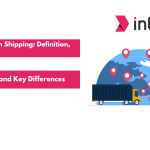
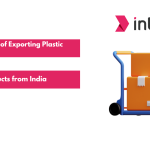
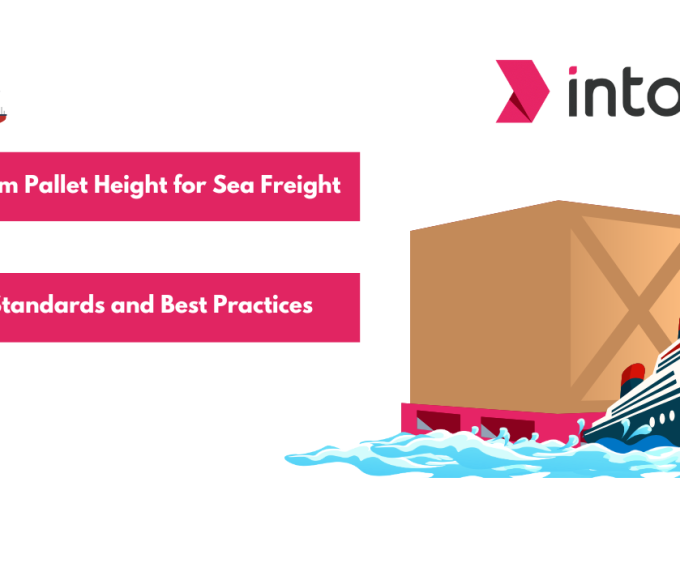

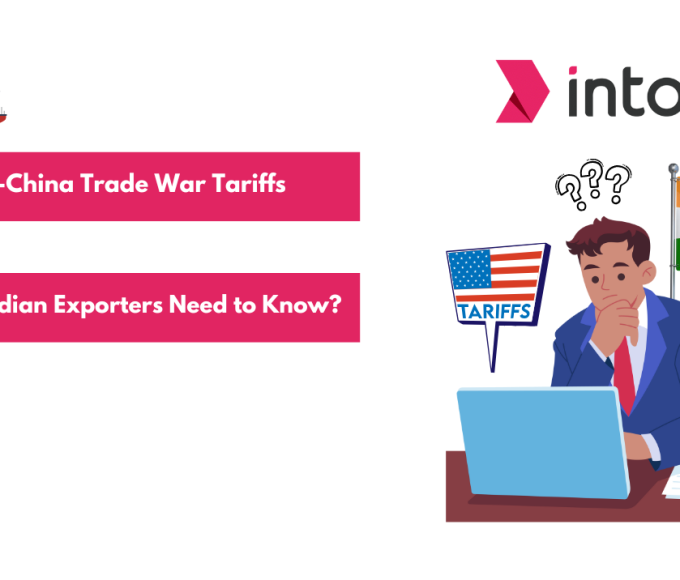
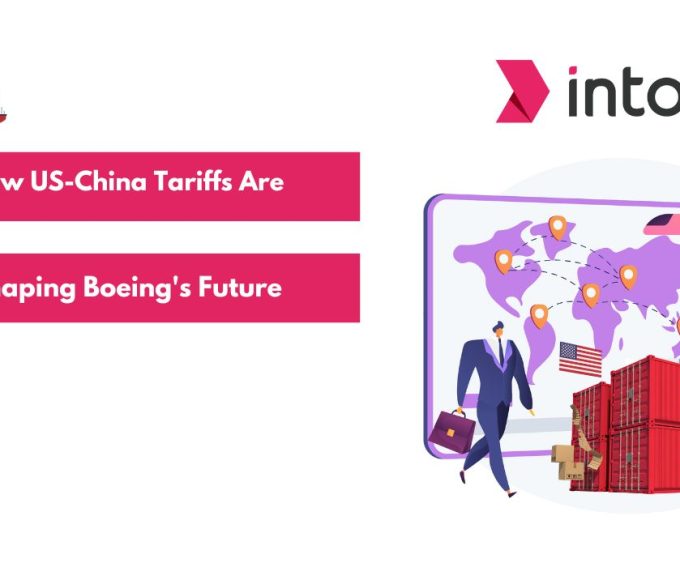
Leave a comment